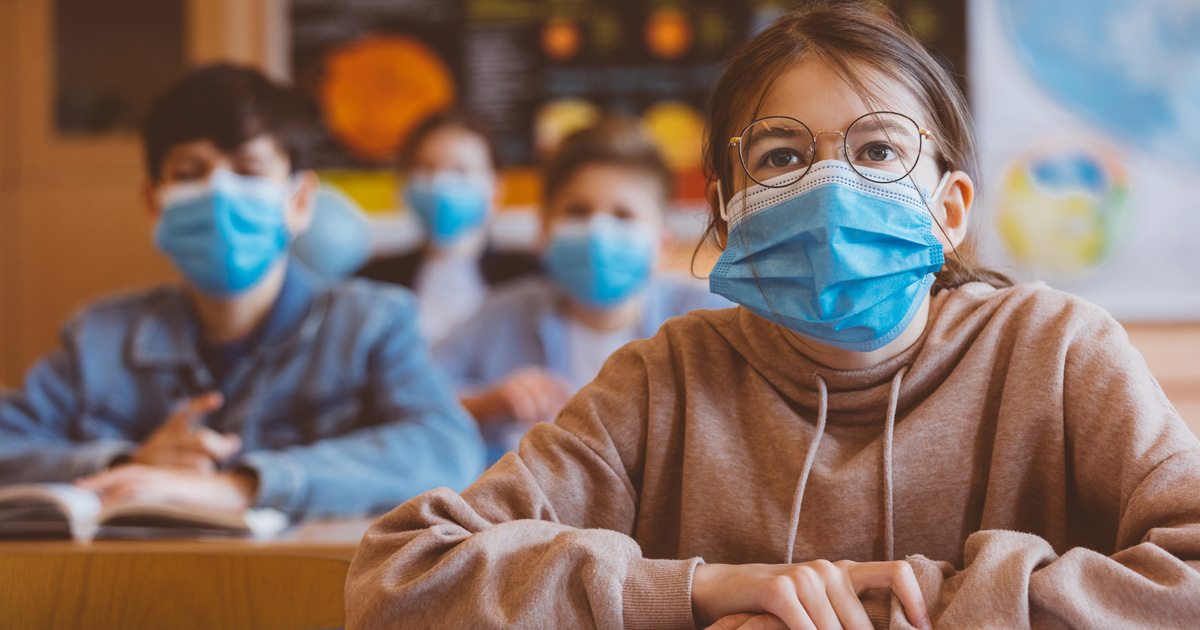As the country awaits widespread distribution of COVID-19 vaccines during the coming months, schools need to find ways to educate students without exposing them—and their teachers—to infection. With support from Congress, the incoming federal administration has an opportunity to provide guidance and support to help schools educate their students, at school or at home, without imposing undue risks. Schools across the country need help tackling wrenching tradeoffs in the face of considerable uncertainty—exemplified by New York City’s recent about-face on in-person instruction for elementary students. Fortunately, we have learned much since last spring about how schools can better serve their students, whether in person, remotely, or with a hybrid approach that includes in-person and remote instruction.
First, despite the heroic efforts of educators to teach students remotely, the perils of keeping school buildings closed entirely are evident. Learning losses are only beginning to come into focus, but they are likely to be substantial. We already have evidence in hand that school closures are exacerbating achievement gaps and inequities in schooling. Beyond academics, children’s mental health has also declined in the wake of COVID-19-related school closures.
Second, we know more about how the virus is transmitted. Young children (including those in elementary school) are less likely to be infected and possibly less likely to transmit the virus when infected. Schools that operate with appropriate precautions typically can avoid exacerbating the spread of the virus. The success of precautions in minimizing infection spread in schools was predicted in the modeling work Mathematica conducted for Pennsylvania over the summer and confirmed by emerging evidence about successful school reopenings around the world. Some communities with stratospheric local infection rates and overstretched health-care capacity cannot currently contemplate opening school buildings, but many schools should be able to consider in-person or hybrid instruction in the coming months, even before COVID-19 is fully defeated.
These facts point to several things the federal government can do to improve educational and mental health outcomes for students, particularly from communities of color that have been disproportionately impacted both by the pandemic and the closing of school buildings:
- Provide resources that will make schools as safe as possible. This means, at minimum, ensuring adequate supplies of masks and sanitizer, but also resources to improve indoor air quality. It could also mean putting teachers next in line after health-care workers to receive a vaccine. Schools need to be safe for teachers—and the teachers need to know they are safe.
- Encourage communities with low to moderate local infection rates to open school buildings to some students, with precautions. Mathematica’s models suggest that, in schools operating with part-time, small-group instruction, six feet of distance between students, and universal mask-wearing, most infections brought in from outside the school will produce zero additional infections in the school. These precautions also dramatically reduce the number of students and teachers who need to be quarantined after someone becomes infected. Emerging data on infection spread in schools is similarly encouraging. Model results from the Institute for Disease Management and emerging data on infection spread in schools are similarly encouraging.
- Prioritize in-person instruction for students who need it the most: younger students and those with special needs. Older students can more easily learn remotely. Moreover, in-person instruction in elementary schools is generally safer than in secondary schools because younger children appear to be less susceptible to COVID-19. Furthermore, younger students generally remain in one classroom so there is less shuffling of children during the school day.
- Invest in resources to promote better remote instruction. High-risk teachers and students will need to continue full-time remote learning, and many others will need to learn remotely part-time due to hybrid operations or temporary quarantines. Federal support could start with resources to ensure that every student has a device and an internet connection, particularly those in high-poverty communities and rural areas with spotty internet access. Teachers need training on effective e remote learning practices. Rapid-cycle research can identify effective practices, expanding the very limited base of evidence on what works. These investments will have long-term benefits, because remote learning is here to stay in one form or another.
- Most ambitiously, the federal government could provide schools with a large injection of resources for instructional staff to address the enormous educational challenges created by the pandemic. Money for staffing to support small-group instruction could be enormously helpful in implementing infection precautions, by allowing increased physical distance and reduced contacts. There might be opportunities to collaborate with teacher-training programs to bring more of their current trainees into schools as interns, for example. Alternately or in addition, schools might use funds to support a corps of tutors to support struggling students either online or in person. Intensive tutoring can improve student achievement and could enhance engagement and mental health during periods of extended isolation at home. And although the cost would be substantial, it is small relative to the amounts currently being considered by Congress to keep the economy afloat.
In short, with ambitious federal support, the current school year does not need to be a write-off.



